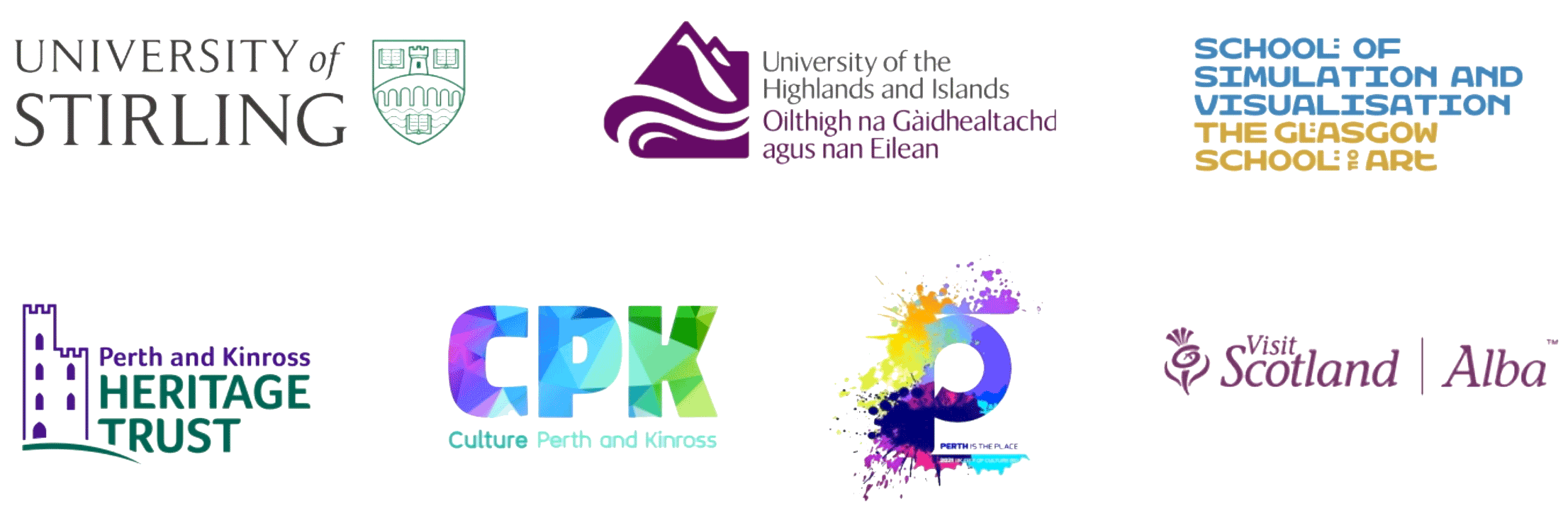Few eras have captured our imagination quite as powerfully as Scotland’s medieval past. Its character, colour and events have influenced and inspired artists, novelists and playwrights whose works have gone on to fuel international fascination from the time of Sir Walter Scott to George R. R. Martin.
It is not all fantasy, however, for driving this fascination has been the work of our prodigious historians and archaeologists who, for years, have been attempting to answer the ‘big’ questions about this period. Almost 650 years ago the Stewart family climbed from the ranks of the nobility to become Kings of Scotland. As masters of diplomacy, intrigue, and in the art of survival in war, marriage and policy, they rebuilt Scotland after the famines, pestilences and the traumas of the wars of the fourteenth century, and by eliminating every potential rival, tightened their steely grip on the throne: six centuries later, their direct descendent still wears the British crown.
In recent years advances in academic, archaeological and historical research have, together, driven our understanding of Scotland’s history but, nevertheless, it’s important to understand that the medieval narrative remains, on the one hand, serially and seriously romanticised and on the other, fiercely contested. Its history is draped in religious and political controversy and in few places is this more evident than in understanding how Stewart power operated and what the political, economic, cultural and religious realities were at the time. We are not, however, simply interested in the major players. The often nameless, ordinary Scots who lived and died in the kingdom are equally fascinating. For centuries we have concerned ourselves with monumental ruins and the government of empire, but recently that focus has shifted from the grand sweep of history and onto the routines and rituals of daily life. There’s been a shift in interest toward social history and the everyday experiences of ordinary people – illustrated graphically by what archaeologists are, for the most part, investigating. New areas of study have opened up – everything from industry, commerce and culture, to health, disease, diet and dress, and this change, away from just looking at the big political and military events or at the ‘great men’ in history, and focusing on the questions surrounding religious, cultural, material, economic and social trends, allows us to get to grips with ‘ordinary’ human experience.
The Perth Charterhouse Project will enable us to focus archaeological and historical research on a city and on an event that, like no other, will allow us insight into the precariousness, richness and diversity of life at the heart of the medieval kingdom.
At the forefront of the this Project are some of Scotland’s leading thinkers who will seek to reveal the importance of Perth’s pivotal place in the emergence of the Scottish identity, its influence upon medieval power and politics, and attempt to unearth one of Scotland’s greatest and most intriguing secrets: the burial place of James I King of Scotland (r. 1406 – 1437), his wife Joan Beaufort Queen of Scots, and Margaret Tudor Queen of Scots, wife to King James IV of Scotland and sister to King Henry VIII. The very fact that opulent and lavish built-architecture was commissioned by James I in 15th-century Perth and that the political community gathered there regularly to legislate and advise their monarch suggests that there was something very special about this place. 
Perth has an epic history and could, had situations been different, have been Scotland’s capital city, yet the knowledge of its once pivotal position has largely been forgotten in our modern imagination. What we hope to uncover, through fresh archaeological discoveries and cutting-edge historical interpretations, will reappraise the extraordinary importance of Perth’s place in history. More than this, however, this project will blend ground breaking digital technologies with historical and archaeological research to offer new ways of interacting with the past for audiences of the future.
The most exciting part of the project is that it is one driven by the community for the community; The project will situate Perth’s present in the past, uncover its hidden clues, solve the mystery of who we are, where we’ve come from, and connect its people and the wider world with their lost heritage – sharing the discoveries made through technology, the internet and social networks.
Our work, in supporting the local digital knowledge economy through the development of applied technology, will invent an unprecedented virtual and augmented reality vision, including the complete 360° panoramic digital reconstruction of this unique medieval city. Expanding audiences and reconnecting communities.








 Up to the minute Augmented and Virtual Reality 360 technologies, Social Media, Mobile Apps, and Live Web-streaming.
Up to the minute Augmented and Virtual Reality 360 technologies, Social Media, Mobile Apps, and Live Web-streaming.

